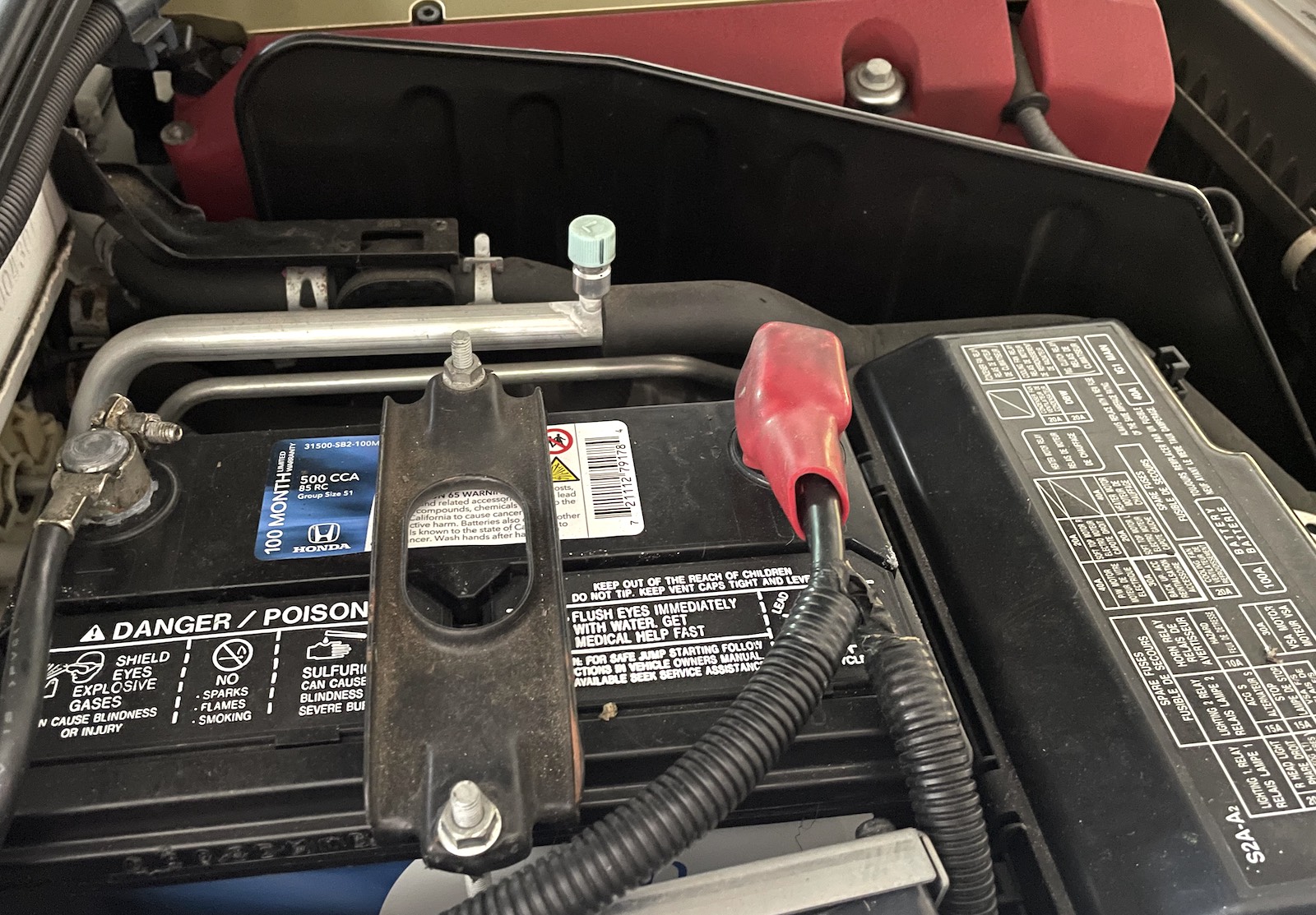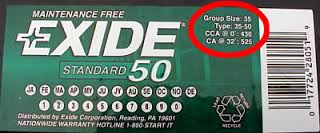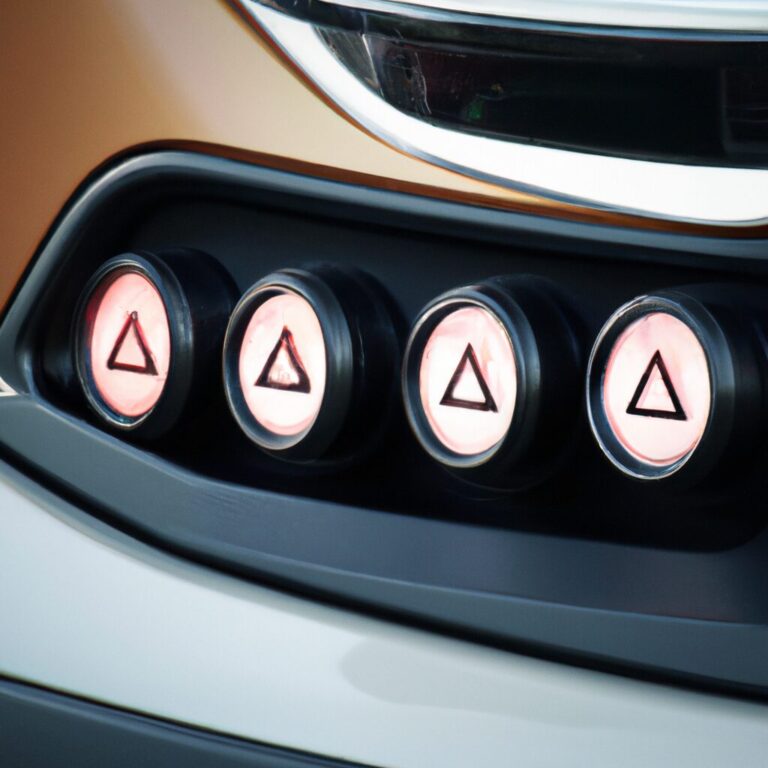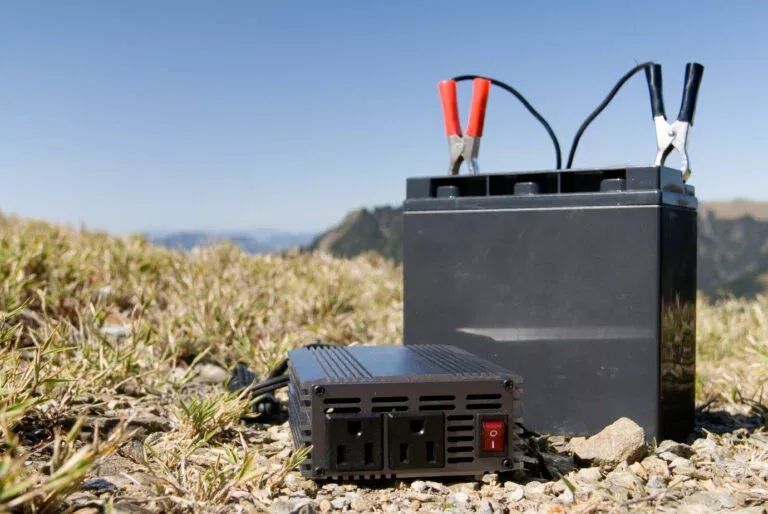How to Determine Battery Group Size
To determine battery group size, look for a number on the battery label or check the vehicle manual. Selecting the right battery group size is crucial for optimal performance and longevity of your vehicle’s battery.
Understanding how to determine the correct size will help you make an informed decision and ensure that your vehicle functions smoothly. By following a few simple steps and considering your vehicle’s requirements, you can easily identify the appropriate battery group size.
This process is essential in maintaining the proper power supply for your vehicle, avoiding potential issues, and ensuring reliable performance when you hit the road. Let’s delve deeper into the factors that influence battery group size selection and how you can make the best choice for your vehicle.
Understanding Battery Group Size
Determining the battery group size can be done by considering factors like dimensions, voltage, and terminal placement. Understanding these aspects ensures the right fit for your vehicle’s specific requirements. It’s crucial to know these key factors to ensure optimal battery performance.
Understanding Battery Group Size What is battery group size? Battery group size refers to the physical dimensions and electrical specifications of a battery. It is a standardized way to categorize batteries based on their size and power capacity. The group size is usually represented by a number, such as 24, 35, 65, etc. Each number corresponds to a specific battery size and capacity. Why is battery group size important? The battery group size is important as it determines the compatibility of the battery with a vehicle. Using the wrong group size can lead to improper fitment, electrical issues, and poor performance. It’s crucial to choose the correct group size to ensure that the battery will fit properly in the vehicle’s battery tray and provide sufficient power for starting and running the vehicle. Determining the appropriate battery group size for a specific vehicle involves considering the physical dimensions, terminal locations, capacity, and cold-cranking amps (CCA) required by the vehicle’s manufacturer. When replacing a battery, always consult the vehicle’s manual or a professional to determine the correct battery group size. In summary, understanding battery group size is essential for ensuring proper fitment and performance in a vehicle. By selecting the right battery group size, drivers can avoid compatibility issues and ensure reliable power for their vehicles.
Credit: www.ebay.com
Factors Affecting Battery Group Size
When determining the battery group size, various factors come into play. These factors include the dimensions, terminal locations, and Cold Cranking Amps (CCA). It is essential to consider the vehicle’s specific requirements to ensure the correct battery group size is selected for optimal performance.
Battery Requirements Of The Vehicle
The vehicle’s power needs dictate the battery group size required for optimal performance.
Physical Dimensions Of The Battery
The size of the battery compartment within the vehicle influences the appropriate battery group size selection.
Cold Cranking Amps (cca)
The CCA rating indicates the battery’s ability to start the engine in cold temperatures, impacting the group size needed.
Reserve Capacity (rc)
The RC value determines how long the battery can run essential electrical systems in the event of an alternator failure.
Determining Battery Group Size
Determining the correct battery group size for your vehicle is essential for optimal performance. Follow these steps for an accurate fit:
Check The Vehicle Owner’s Manual
Refer to the vehicle’s manual for specific instructions on the type and size of battery recommended. Manufacturers often provide detailed information for proper fit.
Inspect The Existing Battery
Examine the current battery in your vehicle to determine the group size. The group size is usually indicated on the battery label for easy identification.
Consult A Battery Size Chart
Use a battery size chart to match the group size of your existing battery or refer to the manual for compatibility. These charts offer a wide range of group sizes for various vehicles.
Consult A Professional Mechanic
Seek advice from a certified mechanic for expert guidance on selecting the right battery group size. Mechanics have the expertise to recommend the best fit for your vehicle.
Choosing The Right Battery
When it comes to choosing the right battery for your vehicle, there are several important factors to consider. From battery type and technology to brand reputation and warranty, the decision-making process can be overwhelming. To help you make an informed choice, it’s crucial to understand the key aspects to look for when selecting a battery that perfectly matches your vehicle’s requirements.
Consider The Battery Type And Technology
The battery type and technology play a crucial role in determining the performance and longevity of the battery. It’s essential to consider options such as lead-acid, AGM, and lithium-ion batteries, and assess which one aligns best with the specific needs of your vehicle.
Look For A Reputable Brand
Choosing a reputable brand when purchasing a battery ensures that you are getting a high-quality and reliable product. Reputable brands are known for their commitment to producing durable and efficient batteries, providing you with peace of mind regarding the performance and longevity of your purchase.
Compare Warranties And Customer Reviews
Comparing warranties and customer reviews is crucial to validate the reliability and performance of a battery. Look for warranties that offer comprehensive coverage and read customer reviews to gauge the overall satisfaction and reliability of the product in real-world scenarios.
Ensure Compatibility With The Vehicle
Ensuring compatibility with the vehicle is paramount. Before making a purchase, it’s important to check the battery group size, terminal type, and overall compatibility with your vehicle’s specifications to ensure a seamless fit and optimal performance.
Tips For Maintaining Battery Life
Maintaining the battery life of your vehicle is crucial to ensure its optimal performance and longevity. By following these simple tips, you can prolong the lifespan of your battery, saving you time and money in the long run.
Regularly Clean Battery Terminals
One important maintenance task is to regularly clean the battery terminals. Over time, corrosion can build up on these terminals, causing poor electrical connections. To clean them, simply remove the cables from the terminals and use a mixture of baking soda and water to scrub away the corrosion. Rinse with clean water and reattach the cables securely. Regularly checking and cleaning the battery terminals will improve electrical conductivity and help prevent battery failure.
Keep The Battery Properly Charged
Maintaining the proper charge level is essential for extending battery life. To prevent the battery from becoming discharged, make sure to drive your vehicle regularly and for a sufficient amount of time to allow the battery to recharge. If your vehicle is not in use for an extended period, consider using a battery maintainer or trickle charger to keep the battery charged. This will help prevent the battery from fully discharging and prolong its lifespan.
Avoid Excessive Heat Or Cold
Extreme temperatures can have a significant impact on battery life. High temperatures can cause the battery’s fluid to evaporate and lead to corrosion, while cold temperatures can reduce the battery’s ability to deliver power. Whenever possible, park your vehicle in a shaded area to minimize exposure to direct sunlight and extreme heat. In colder climates, consider using an insulated battery blanket to keep the battery warm. By avoiding excessive heat or cold, you can help maintain the battery’s efficiency and prolong its lifespan.
Monitor Battery Fluid Levels
One often overlooked maintenance task is checking the battery’s fluid levels. If your battery has removable caps, carefully remove them and check the fluid levels. Ensure they are within the recommended range indicated on the battery. If the fluid levels are low, carefully add distilled water to bring them up to the proper level. Monitoring and maintaining adequate fluid levels will optimize the battery’s performance and prevent damage caused by insufficient electrolytes.
By following these tips, you can ensure that your vehicle’s battery stays in top condition and provides reliable power when you need it. Regularly cleaning the battery terminals, keeping the battery charged, avoiding excessive heat or cold, and monitoring battery fluid levels are simple but effective ways to extend battery life. Incorporating these maintenance practices into your routine will not only save you from unexpected battery failures but also help save you money in the long run.

Credit: blog.upsbatterycenter.com

Credit: shop.advanceautoparts.com
Frequently Asked Questions For How To Determine Battery Group Size
How Do I Know What Group Size Battery I Have?
Check the label on your current battery for the group size, usually a combination of numbers and letters.
What Determines Battery Group?
Battery group is determined by the size and capacity needed for a specific vehicle. It’s based on factors like voltage, dimensions, and terminal placement to ensure compatibility and optimal performance.
What Happens If I Use The Wrong Group Size Battery?
Using the wrong group size battery can damage your vehicle’s electrical system and may not fit properly. It could also lead to potential safety risks. Always use the correct group size recommended by your vehicle’s manufacturer to ensure optimal performance and safety.
What Do The Letters Mean On Battery Group Size?
Battery group size refers to the physical dimensions and electrical characteristics of a battery. These letters indicate the length, width, and height of the battery, as well as its capacity to deliver electrical power.
What Is A Battery Group Size?
A battery group size refers to the physical dimensions of a battery, specific to its length, width, and height.
How Do I Determine The Battery Group Size?
To determine the battery group size, measure the length, width, and height of your existing battery or refer to your vehicle’s owner’s manual.
Why Is It Important To Know The Battery Group Size?
Knowing the battery group size is essential as it ensures compatibility and proper fitment within your vehicle’s battery compartment.
Conclusion
In determining the right battery group size, vehicle specifications and consumer needs should be considered. By understanding the battery group size and its significance, drivers can make informed decisions that ensure optimal performance. However, periodic checks and professional advice can further enhance battery performance and prolong its lifespan, thus saving both time and money in the long run.


